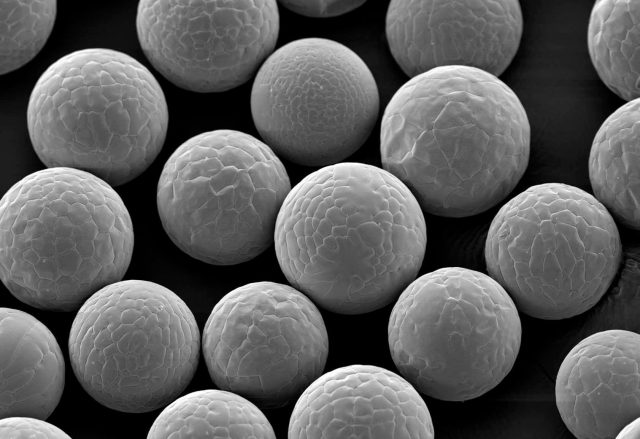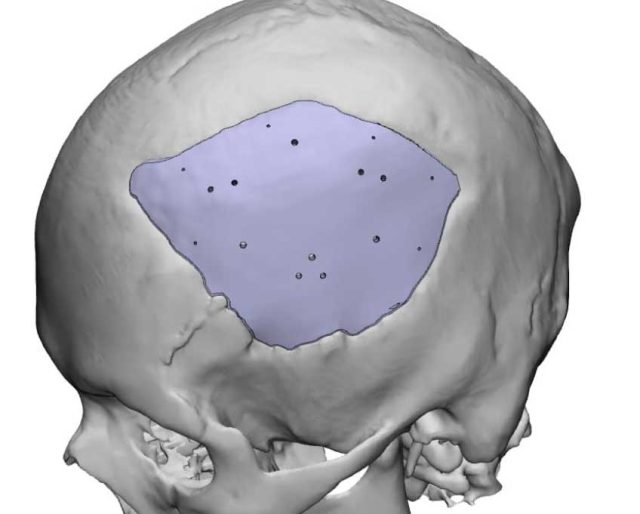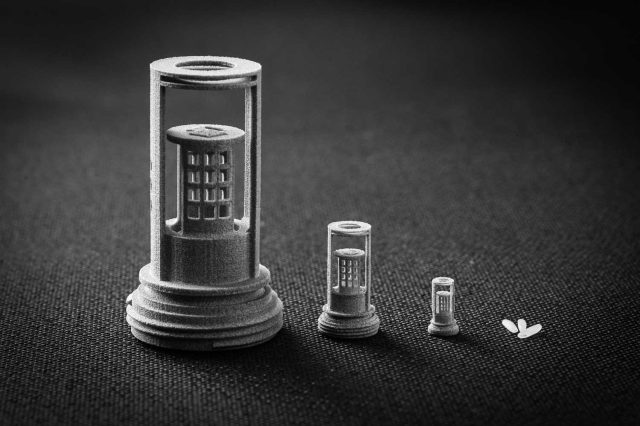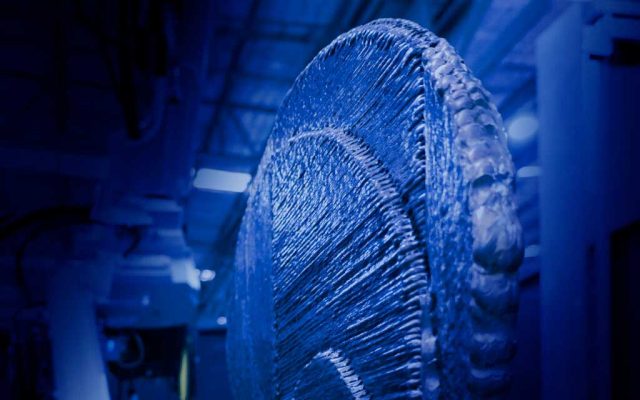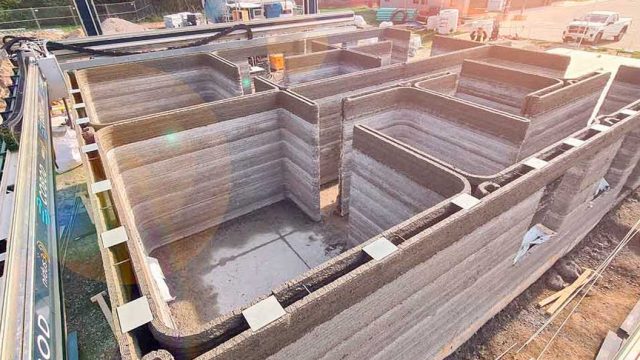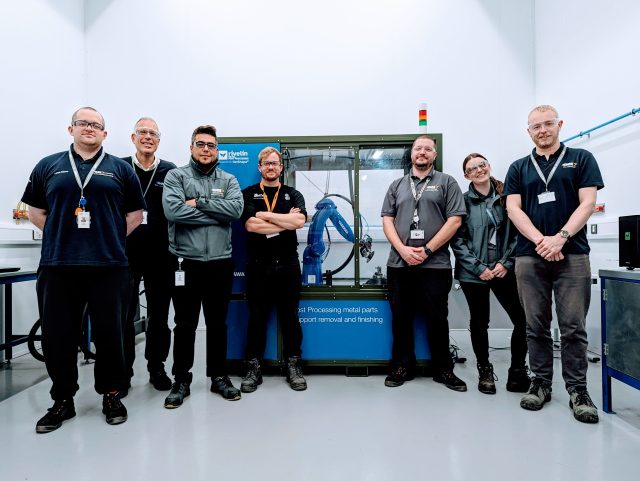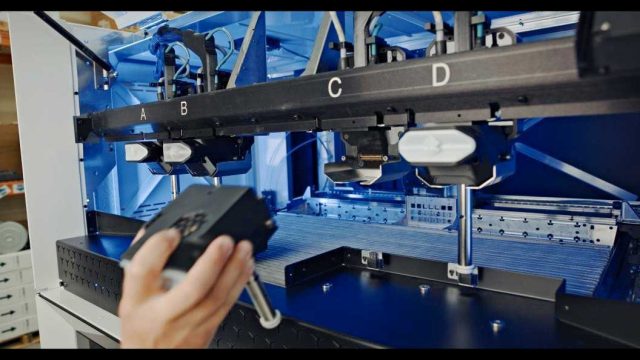Equispheres raises CAD 20 million in financing round
The Canadian company Equispheres, a manufacturer of innovative metal powders for 3D printing, has closed a Series B financing round of around CAD 20 million. The round was led by automotive supplier Martinrea, with additional institutional investors also participating.
The financial injection is intended to support Equispheres in meeting the rapidly increasing demand for its products. The company uses a special atomization technology to produce metal powders that significantly accelerate 3D printing – by up to nine times in the case of aluminium. This reduces production costs by up to 80 percent.
“The potential of additive manufacturing to transform conventional production methods is undeniable. However, a leap in productivity is needed for wider industrial use,” explained Kevin Nicholds, CEO of Equispheres. Working with industry leaders such as Martinrea enables the development of materials for new high-speed 3D printing processes and applications.
Martinrea specializes in lightweight manufacturing and has not previously invested in additive manufacturing. The current investment signals that AM is also becoming economically interesting for large quantities, for example for aluminum castings with a market worth billions.
Equispheres intends to use the fresh funds to set up further production facilities, expand equipment and drive forward collaboration with partners on new materials.



